Austria -
2014
Photos from our Rhine-Main-Danube River cruise
This river cruise was part of our 48-day Melbourne – Dubai – Dublin – Ireland – Amsterdam –
Rhine-Main-Danube River cruise – Istanbul – Dubai - Melbourne trip.
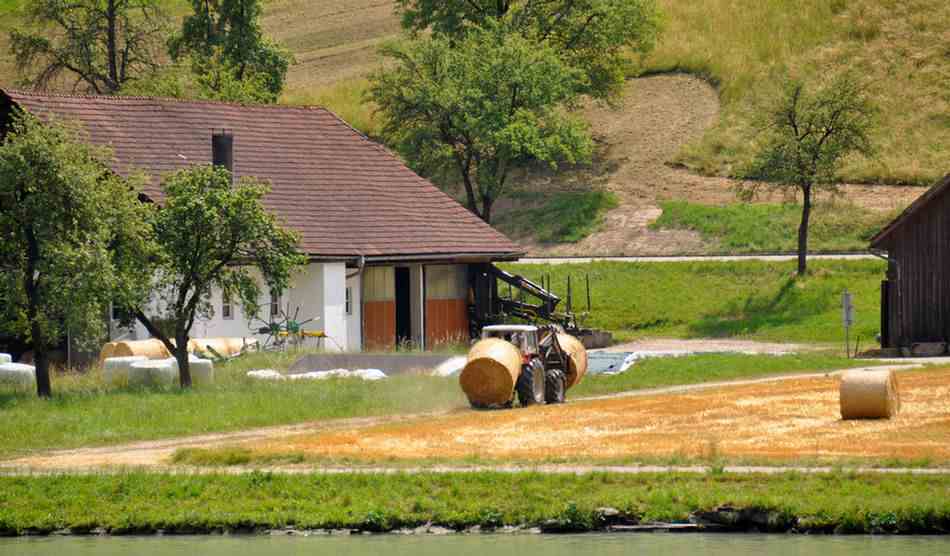
On day 12 of our 26-day Rhine-Main-Danube River cruise we left Passau in Germany
and soon after that we passed through a lock on the Danube River..
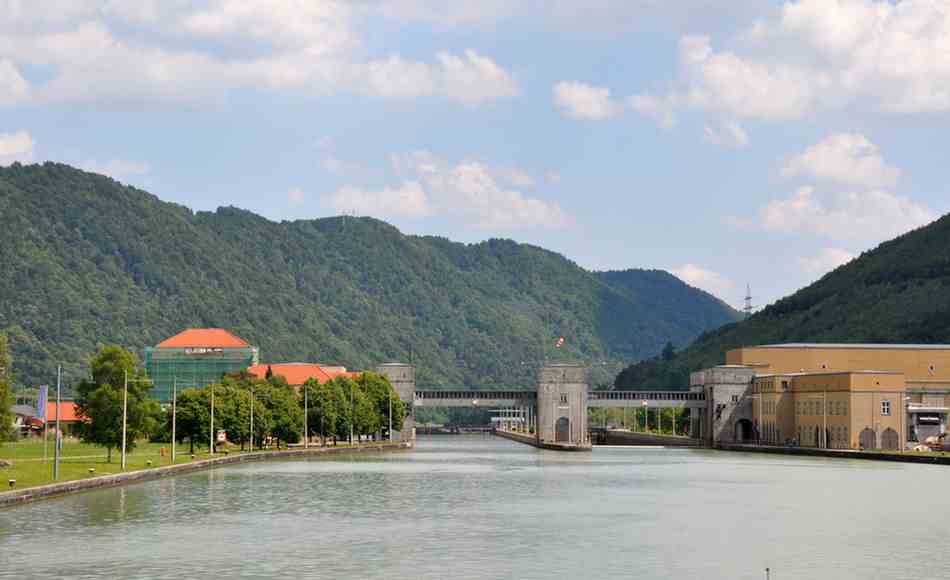
The Jochenstein is an island rock in the Danube River. It marks the border of Germany and Austria.
According to legend and current practice boat captains toss a coin at the statue on the rock to ensure save passage.

We docked at the village of Engelhartsell.

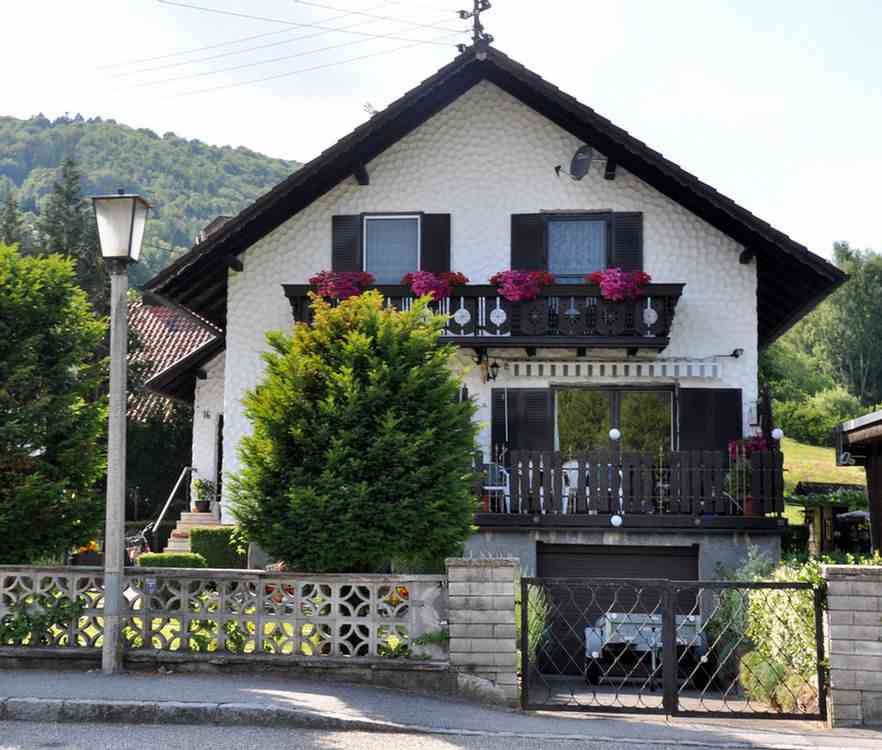
Our Uniworld boat, The River Duchess.
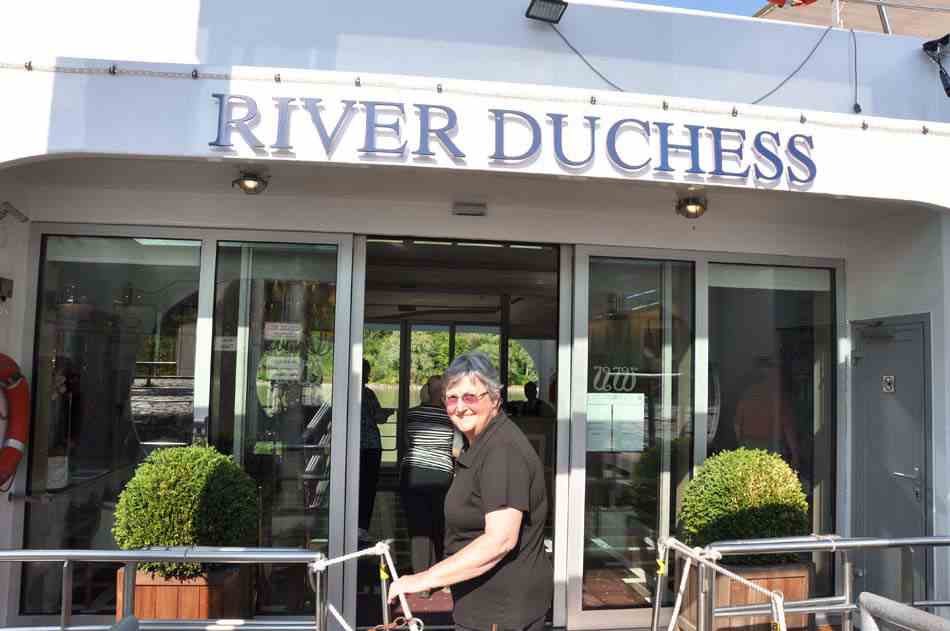
About 40km long, the Wachau Valley is an Austrian valley with a picturesque landscape formed by the Danube River.
We spent a very pleasant morning on the deck of the Duchess while we were cruising through the valley.
We passed by a number of castles.
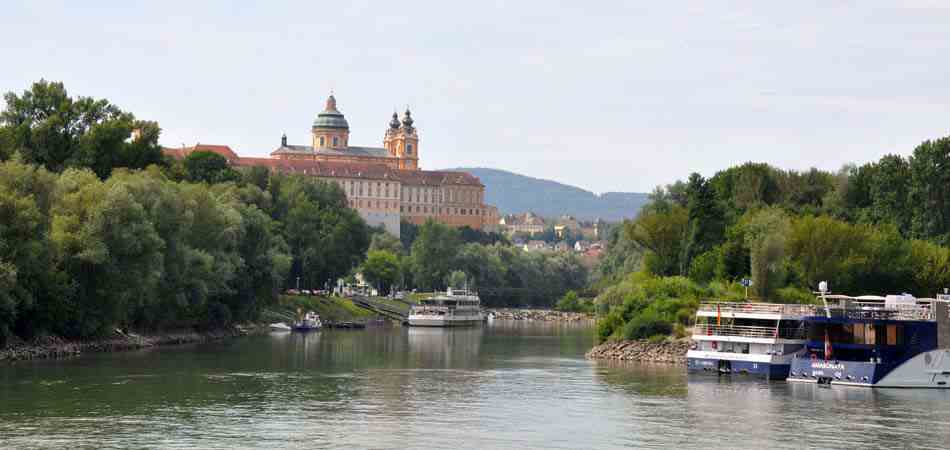

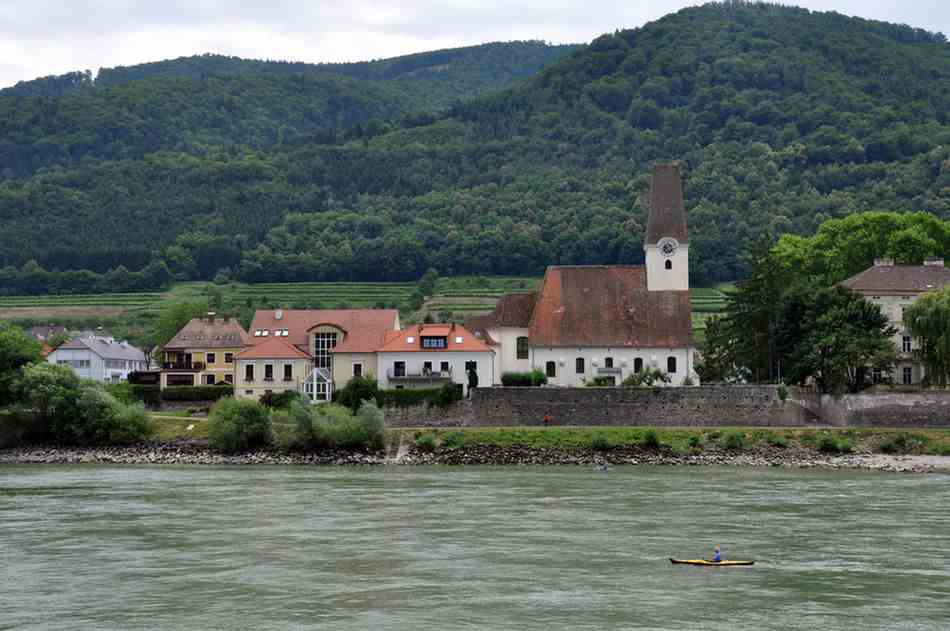
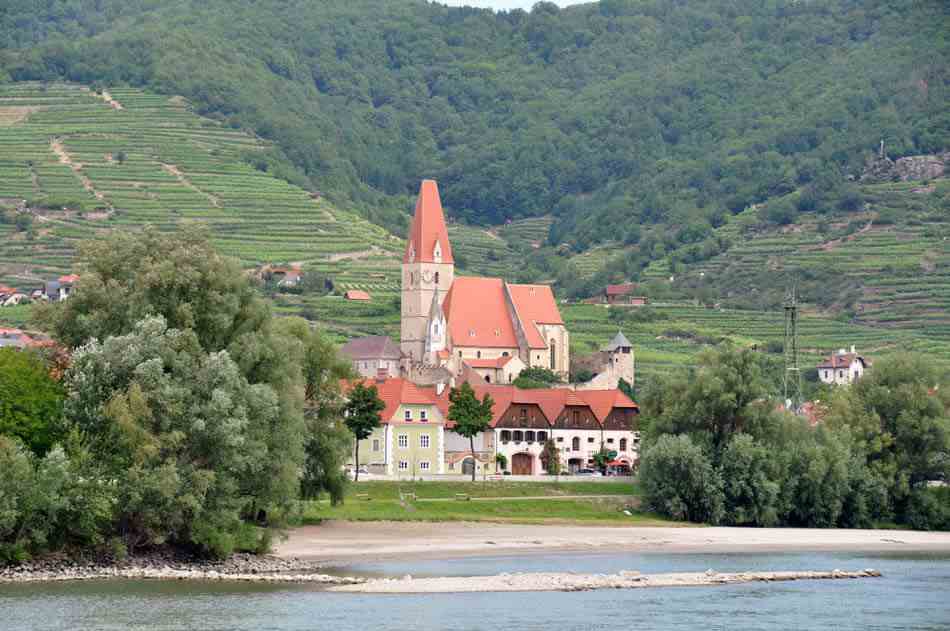
King Richard the Lion-Heart of England was held captive by Duke Leopold V in 1192 when he was returning from The Third Crusade.
Blondel de Nesle was a French minstrel (c 1155-1202), nicknamed 'Blondel' for his long blond hair.
His name is attached to a legend Richard was found by the minstrel Blondel,
whom he saw from his window, and to whom he sang a verse of a song they both knew.
This monument is on the bank of the Danube River near Durnstein.
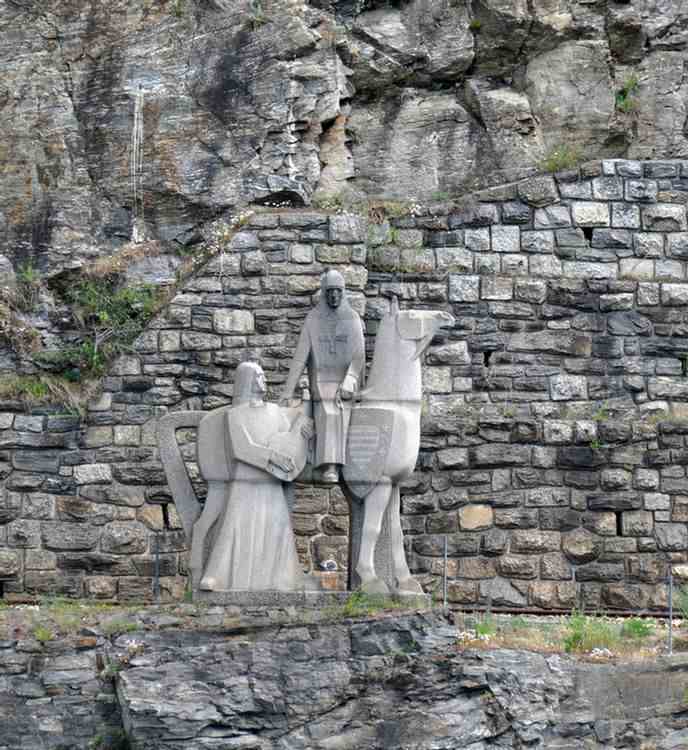
We had 4 nights in Vienna.
The Vienna Rathaus (Town Hall) was built between 1872 and 1883.
On the top of the tower is the Rathausmann, one of the symbols of Vienna.

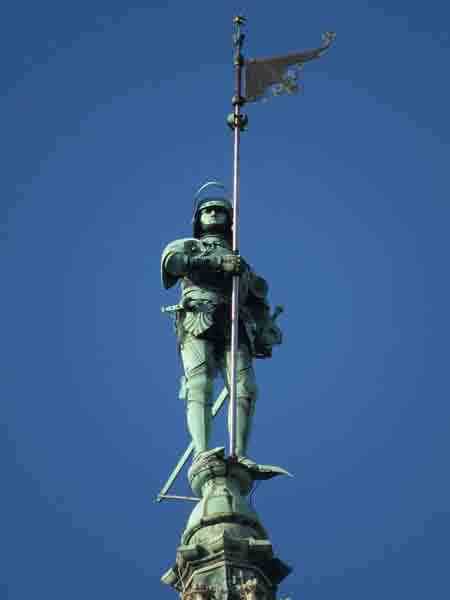
Elizabeth (Sissi), (1837-1898), married Emperor Franz Joseph 1 becomming the longest serving Empress
of Austria and Queen of Hungary, at 44 years.
Born into Bavarian royalty, Sissi enjoyed an informal upbringing, before marrying Franz Joseph at 16.
She was suddenly absorbed into Habsburg court life, which she found stifling.
She was also at odds with her interfering mother-in-law, Princess Sophie.

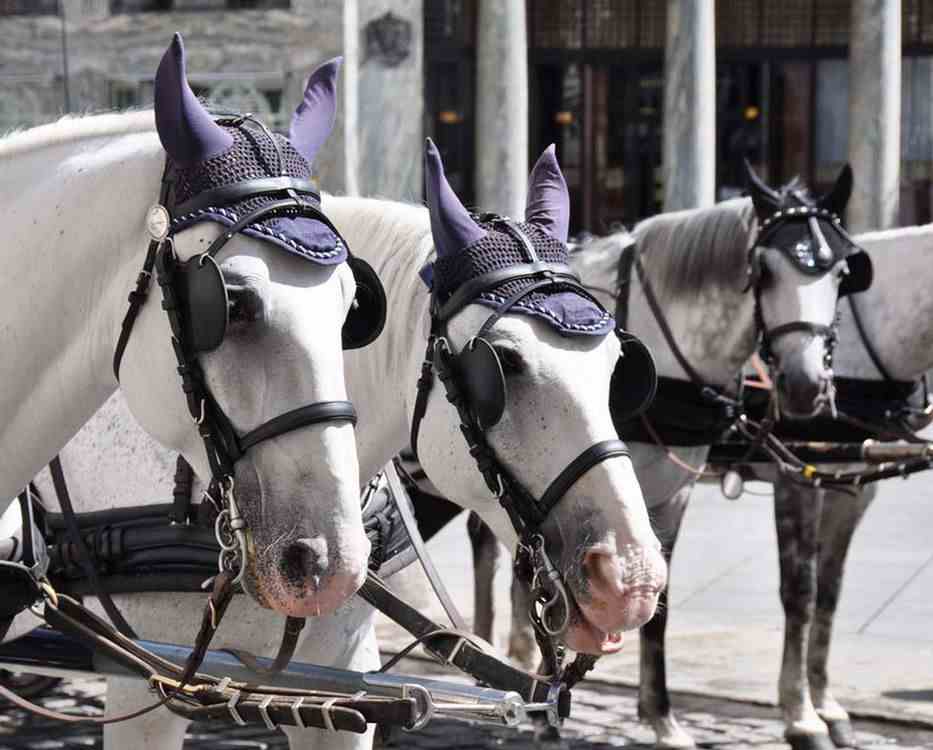
The Hofburg Palace in Vienna is the former imperial residence.
From 1438 to 1583 and from 1612 to 1806, it was the seat of the kings and emperors of the Holy Roman Empire,
thereafter the seat of the Emperor of Austria until 1918.
Today it is the official seat of the Austrian Federal President.
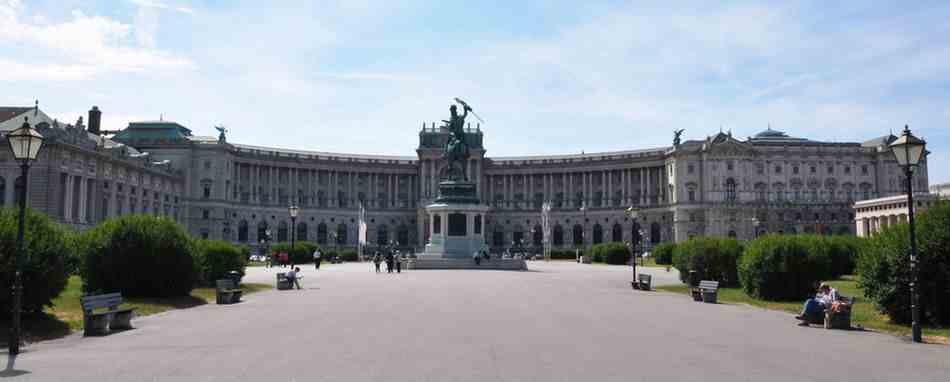
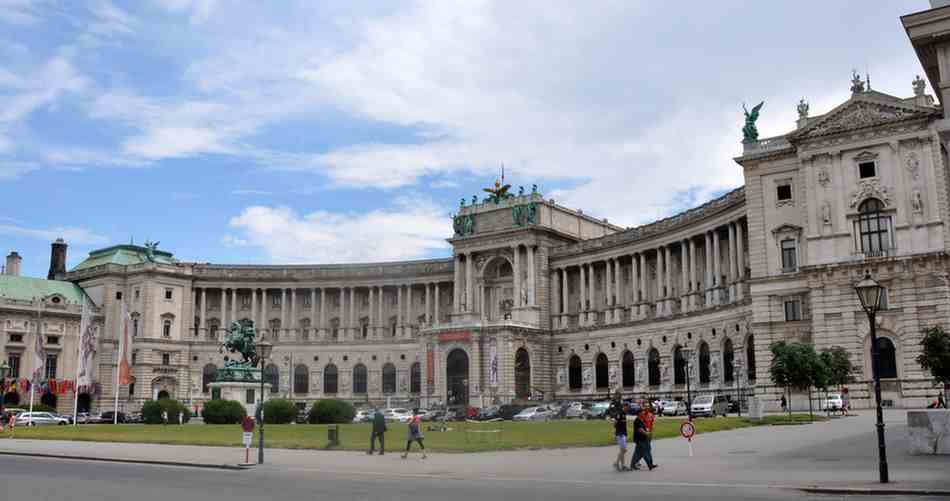
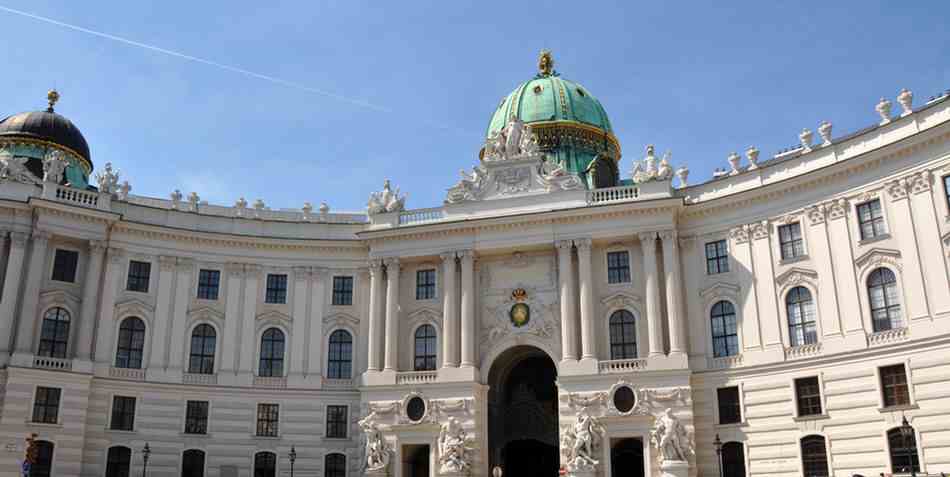
Roman ruins near the Hofburg Palace.
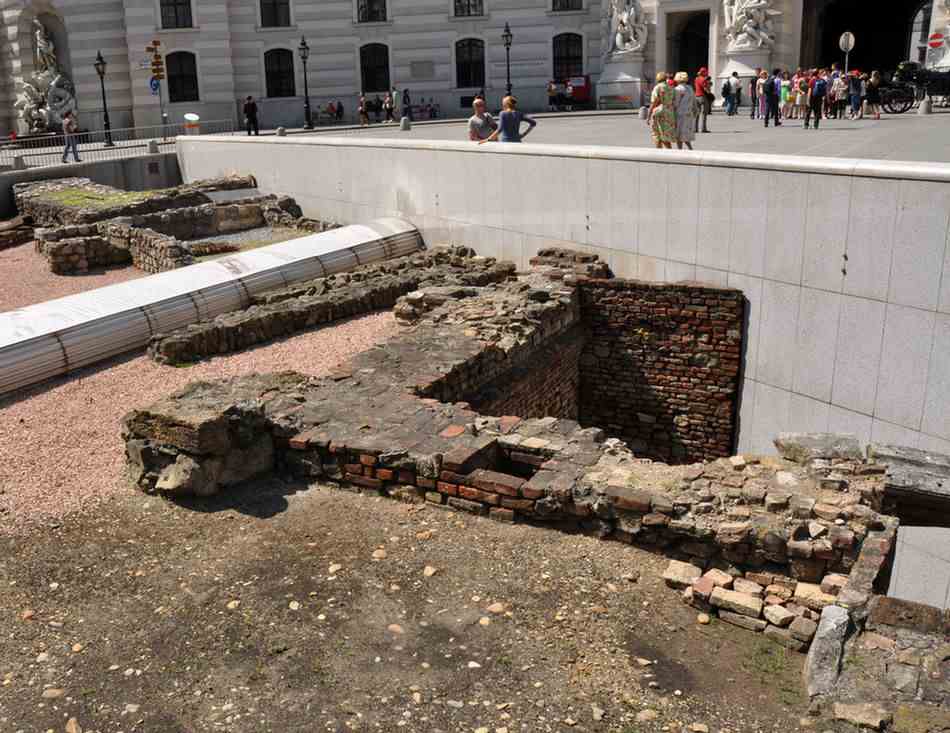
As part of our walking tour of Vienna we had coffee and cake at a smart cafe near the Hofburg Palace.
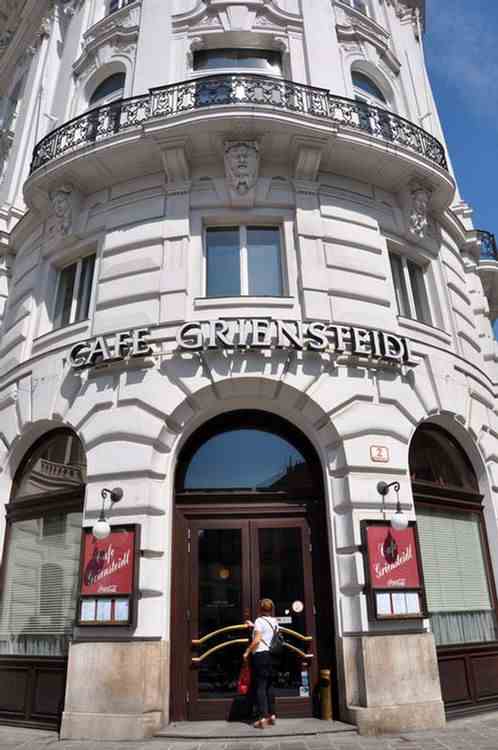

We passed 3 houses where the Mozart family had lived in Vienna.
Families had few possessions in those times. So it was easy to move house.
In summer they moved to the countryside and when they returned to Vienna they settled in a different house
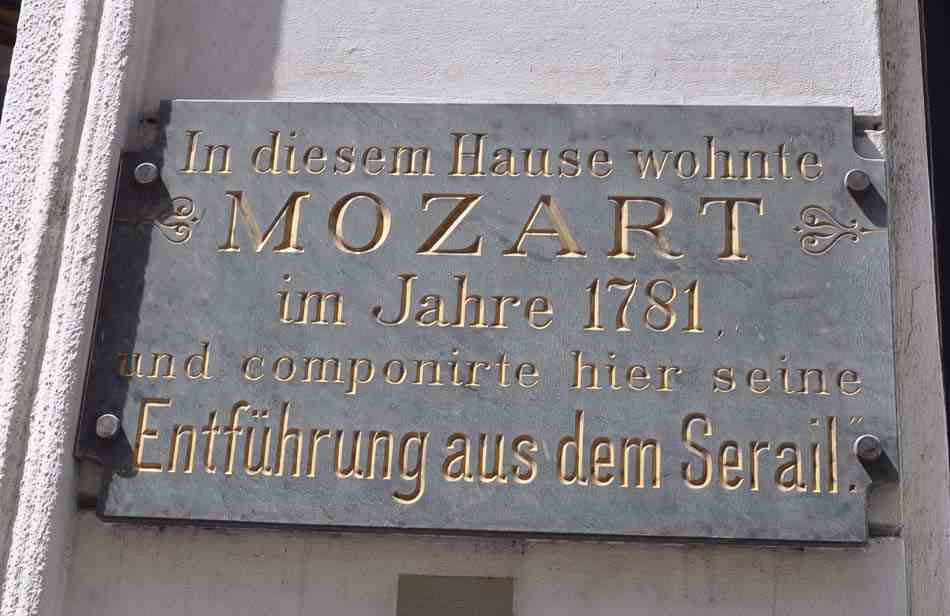
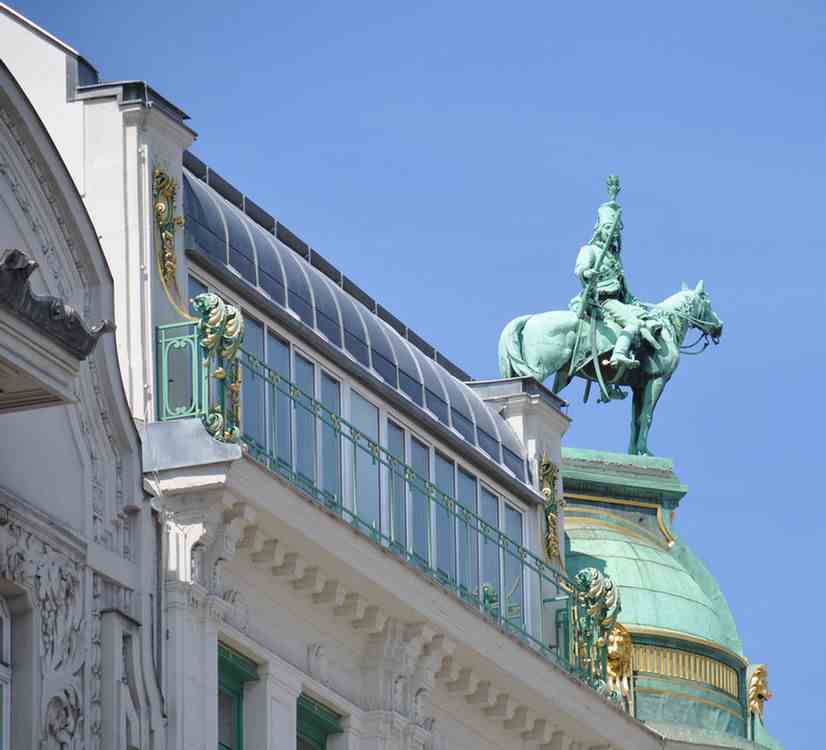
St. Stephen's Cathedral, Vienna.
The seat of the Archbishop of Vienna, and the most important religious building in Vienna,
St. Stephen's Cathedral has borne witness to many important events in Habsburg and Austrian history and has,
with its multi-coloured tile roof, become one of the city's most recognizable symbols.
Although construction began in 1137, major reconstruction and expansion lasted until 1511 a
nd repair and restoration projects continue to the present day.

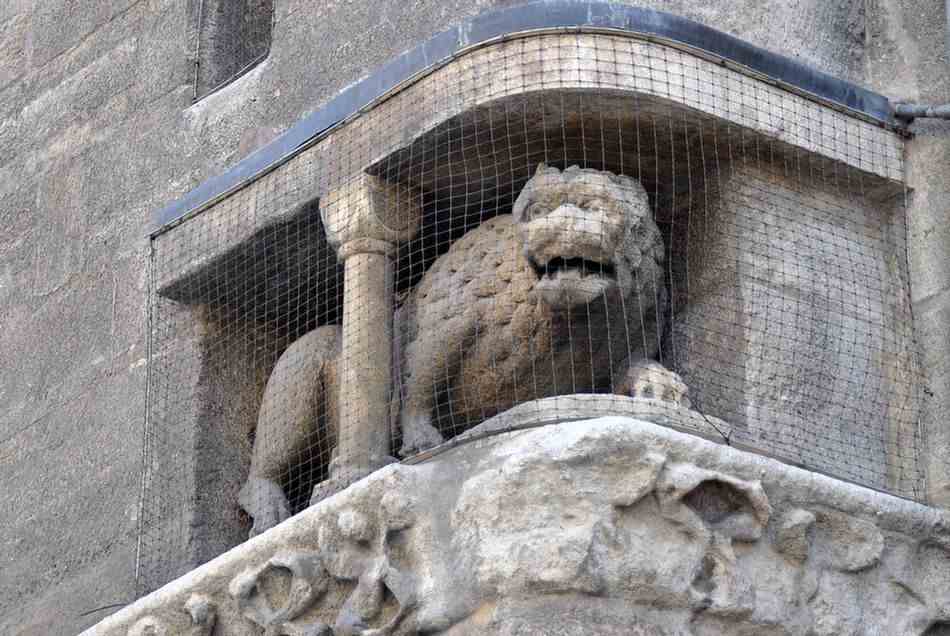
The Donnerbrunnen or Donner Fountain, is a beautiful large baroque Fountain, built by Georg Donner between 1737 to 1739.
The fountain has a few important figures, the main one in the centre of the fountain, is the 37 metre high female figure
of "Providentia" holding a medallion with a Janus head, and in her left hand, a snake.
The female figure symbolizes the concern of the rulers for the welfare of their subjects.
The concern here, was actually about supplying Vienna with vital water.
The fountain is surrounded by four allegorical figures, two male representing rivers of Upper Austria,
and two female, representing rivers from lower Austria.
The pedestal surrounded four Cherubs with water-spouting fish (pike, carp, catfish and salmon), which is where the water from the Danube comes out.
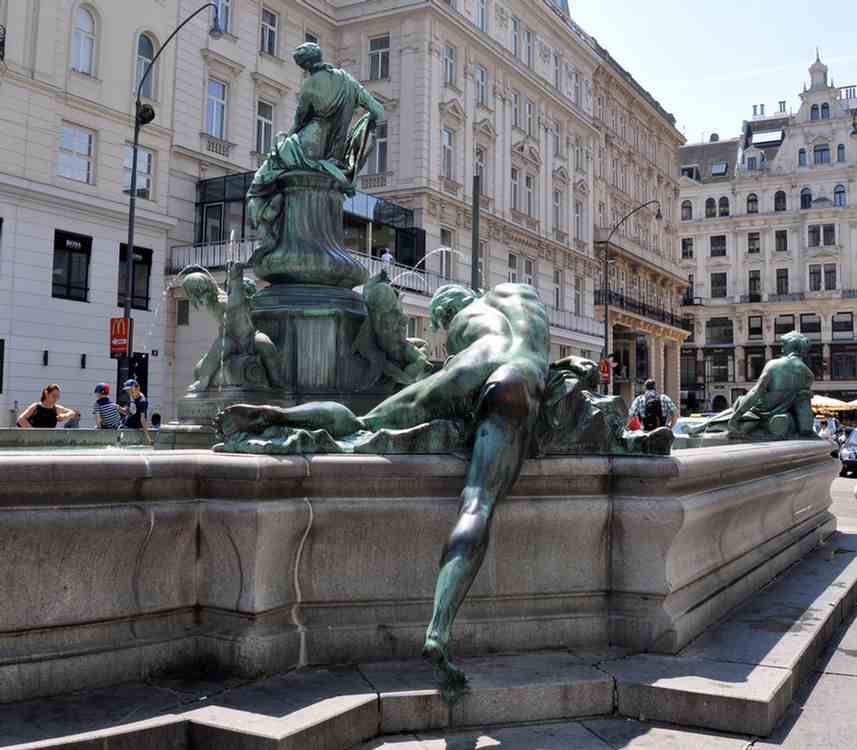

Schönbrunn Palace
Schönbrunn Palace was the summer residence of the Austrian rulers.
Built between 1638 and 1643 in the rococo style, it has 1441 rooms.
The name Schönbrunn (meaning "beautiful spring"), has its roots in an artesian well from which water was consumed by the court.
We were not allowed to take photos inside.
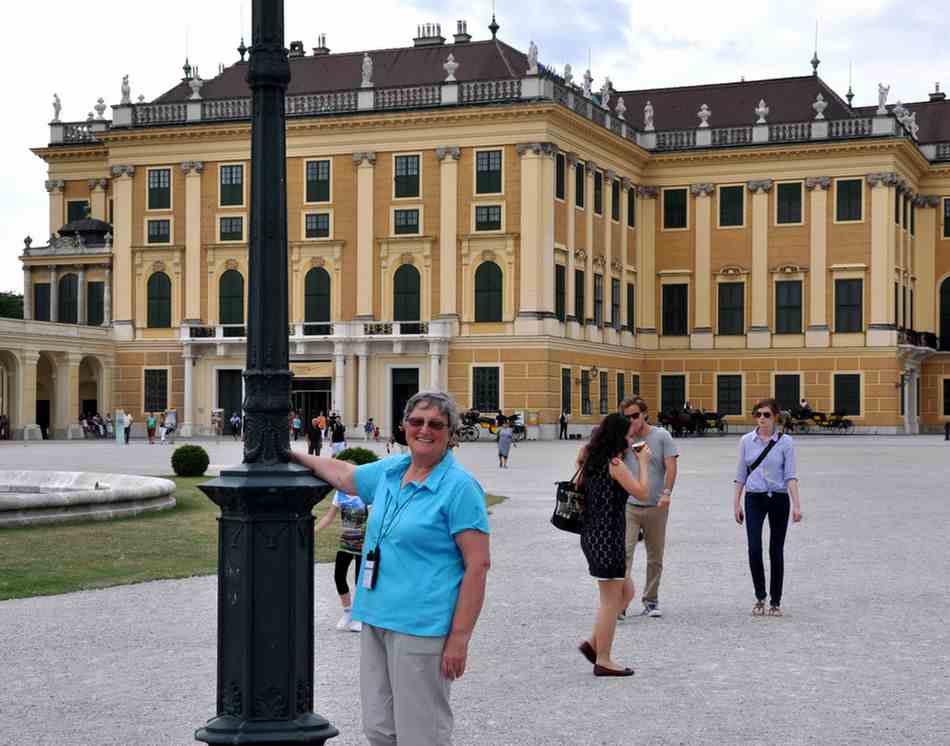
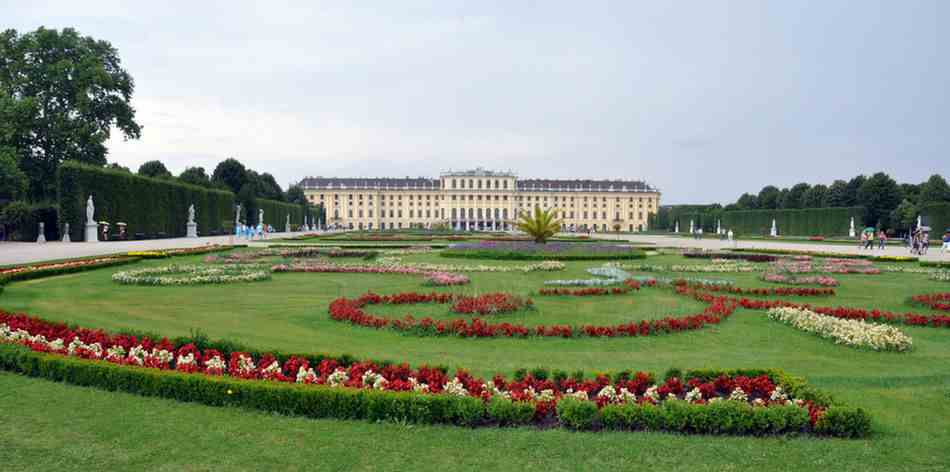
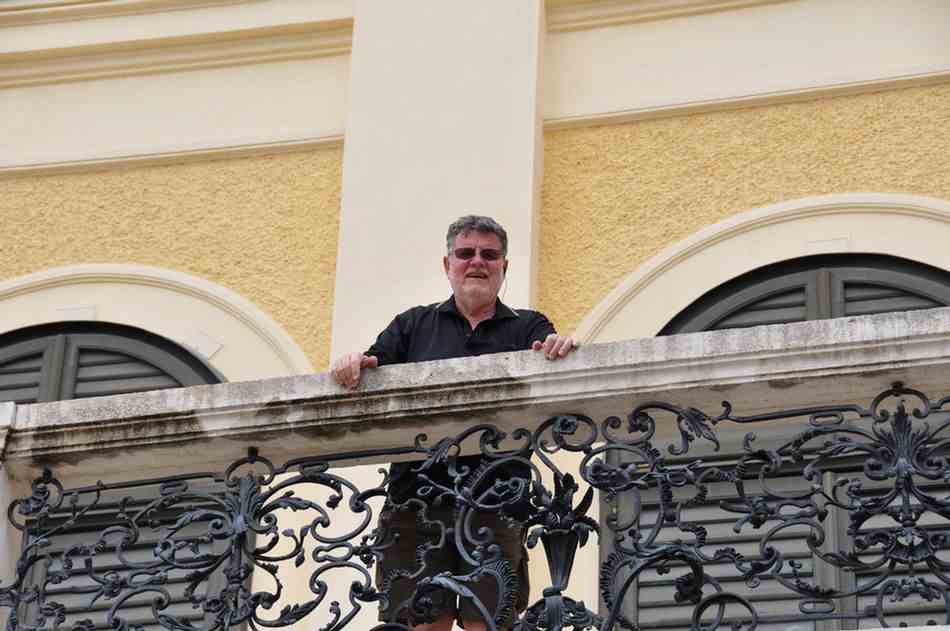
Belvedere Palace
The upper Belvedere Palace was built between 1717 and 1723 by Prince Eugene of Savoy.
He was one of the most successful military commanders in modern European history.
Spanning six decades, Eugene served three Holy Roman Emperors - Leopold I, Joseph I, and Charles VI.
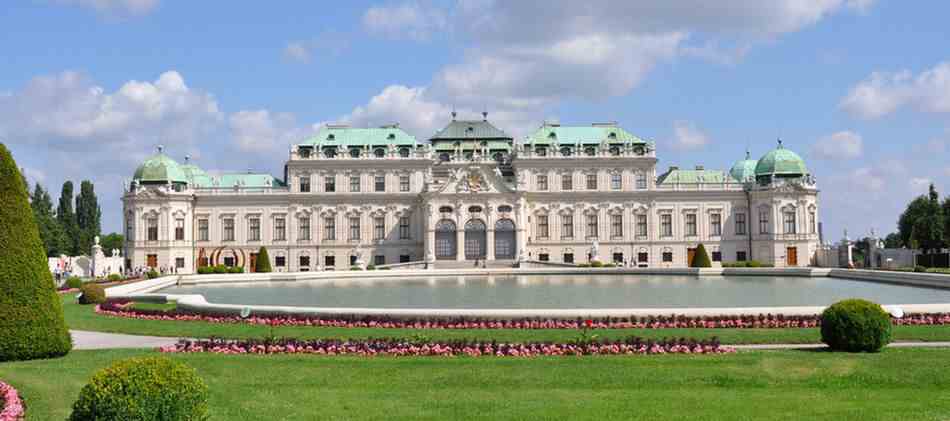
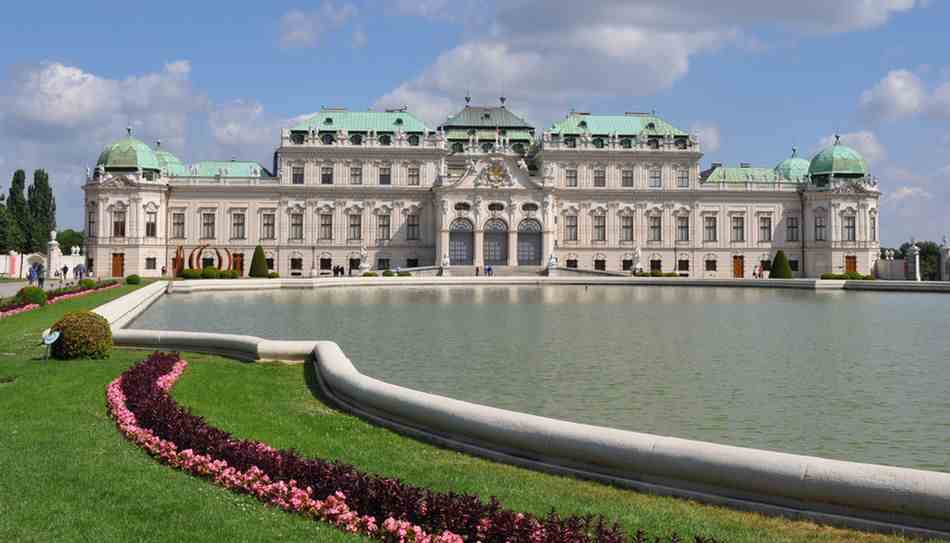

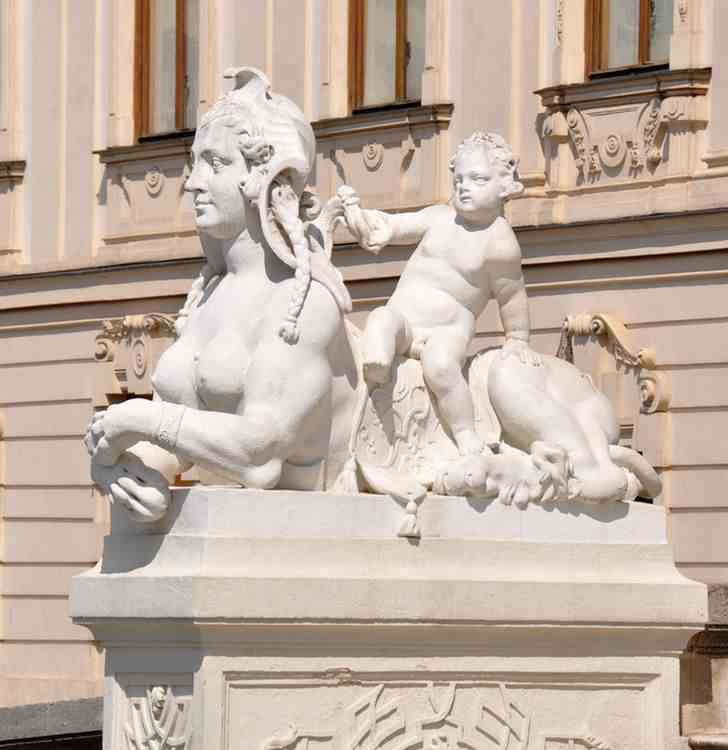
Vienna Opera House
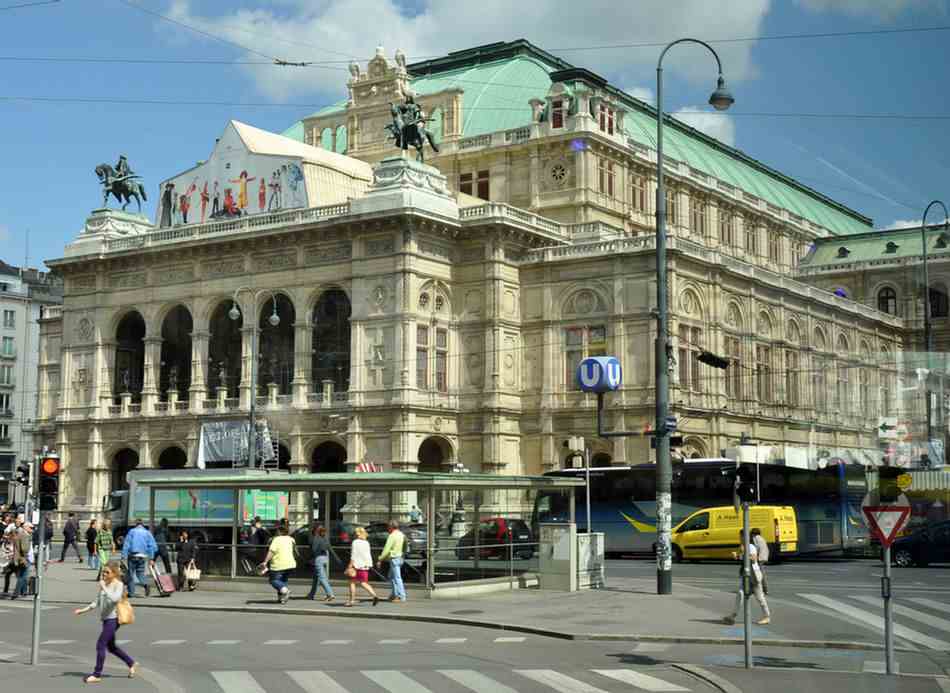
The Mozart Statue in the Burggarten.
This is one of the famous images of Vienna. It was erected in 1898 and moved to its current location in 1953.
Vienna’s love of Mozart is seen in the monument’s prominent location just next to the Hofburg complex.

After our 5 nights in Vienna, we cruised further down the Danube River to Bratislava in Slovakia
and eventually to dock at Giurgiu in Romania. From here we were bussed to Bucharest.
Photos from our Rhine-Main-Danube River cruise
This river cruise was part of our 48-day Melbourne – Dubai – Dublin – Ireland – Amsterdam –
Rhine-Main-Danube River cruise – Istanbul – Dubai - Melbourne trip.

On day 12 of our 26-day Rhine-Main-Danube River cruise we left Passau in Germany
and soon after that we passed through a lock on the Danube River..

The Jochenstein is an island rock in the Danube River. It marks the border of Germany and Austria.
According to legend and current practice boat captains toss a coin at the statue on the rock to ensure save passage.

We docked at the village of Engelhartsell.


Our Uniworld boat, The River Duchess.

About 40km long, the Wachau Valley is an Austrian valley with a picturesque landscape formed by the Danube River.
We spent a very pleasant morning on the deck of the Duchess while we were cruising through the valley.
We passed by a number of castles.




King Richard the Lion-Heart of England was held captive by Duke Leopold V in 1192 when he was returning from The Third Crusade.
Blondel de Nesle was a French minstrel (c 1155-1202), nicknamed 'Blondel' for his long blond hair.
His name is attached to a legend Richard was found by the minstrel Blondel,
whom he saw from his window, and to whom he sang a verse of a song they both knew.
This monument is on the bank of the Danube River near Durnstein.

We had 4 nights in Vienna.
The Vienna Rathaus (Town Hall) was built between 1872 and 1883.
On the top of the tower is the Rathausmann, one of the symbols of Vienna.


Elizabeth (Sissi), (1837-1898), married Emperor Franz Joseph 1 becomming the longest serving Empress
of Austria and Queen of Hungary, at 44 years.
Born into Bavarian royalty, Sissi enjoyed an informal upbringing, before marrying Franz Joseph at 16.
She was suddenly absorbed into Habsburg court life, which she found stifling.
She was also at odds with her interfering mother-in-law, Princess Sophie.


The Hofburg Palace in Vienna is the former imperial residence.
From 1438 to 1583 and from 1612 to 1806, it was the seat of the kings and emperors of the Holy Roman Empire,
thereafter the seat of the Emperor of Austria until 1918.
Today it is the official seat of the Austrian Federal President.



Roman ruins near the Hofburg Palace.

As part of our walking tour of Vienna we had coffee and cake at a smart cafe near the Hofburg Palace.


We passed 3 houses where the Mozart family had lived in Vienna.
Families had few possessions in those times. So it was easy to move house.
In summer they moved to the countryside and when they returned to Vienna they settled in a different house


St. Stephen's Cathedral, Vienna.
The seat of the Archbishop of Vienna, and the most important religious building in Vienna,
St. Stephen's Cathedral has borne witness to many important events in Habsburg and Austrian history and has,
with its multi-coloured tile roof, become one of the city's most recognizable symbols.
Although construction began in 1137, major reconstruction and expansion lasted until 1511 a
nd repair and restoration projects continue to the present day.


The Donnerbrunnen or Donner Fountain, is a beautiful large baroque Fountain, built by Georg Donner between 1737 to 1739.
The fountain has a few important figures, the main one in the centre of the fountain, is the 37 metre high female figure
of "Providentia" holding a medallion with a Janus head, and in her left hand, a snake.
The female figure symbolizes the concern of the rulers for the welfare of their subjects.
The concern here, was actually about supplying Vienna with vital water.
The fountain is surrounded by four allegorical figures, two male representing rivers of Upper Austria,
and two female, representing rivers from lower Austria.
The pedestal surrounded four Cherubs with water-spouting fish (pike, carp, catfish and salmon), which is where the water from the Danube comes out.


Schönbrunn Palace
Schönbrunn Palace was the summer residence of the Austrian rulers.
Built between 1638 and 1643 in the rococo style, it has 1441 rooms.
The name Schönbrunn (meaning "beautiful spring"), has its roots in an artesian well from which water was consumed by the court.
We were not allowed to take photos inside.



Belvedere Palace
The upper Belvedere Palace was built between 1717 and 1723 by Prince Eugene of Savoy.
He was one of the most successful military commanders in modern European history.
Spanning six decades, Eugene served three Holy Roman Emperors - Leopold I, Joseph I, and Charles VI.




Vienna Opera House

The Mozart Statue in the Burggarten.
This is one of the famous images of Vienna. It was erected in 1898 and moved to its current location in 1953.
Vienna’s love of Mozart is seen in the monument’s prominent location just next to the Hofburg complex.

After our 5 nights in Vienna, we cruised further down the Danube River to Bratislava in Slovakia
and eventually to dock at Giurgiu in Romania. From here we were bussed to Bucharest.